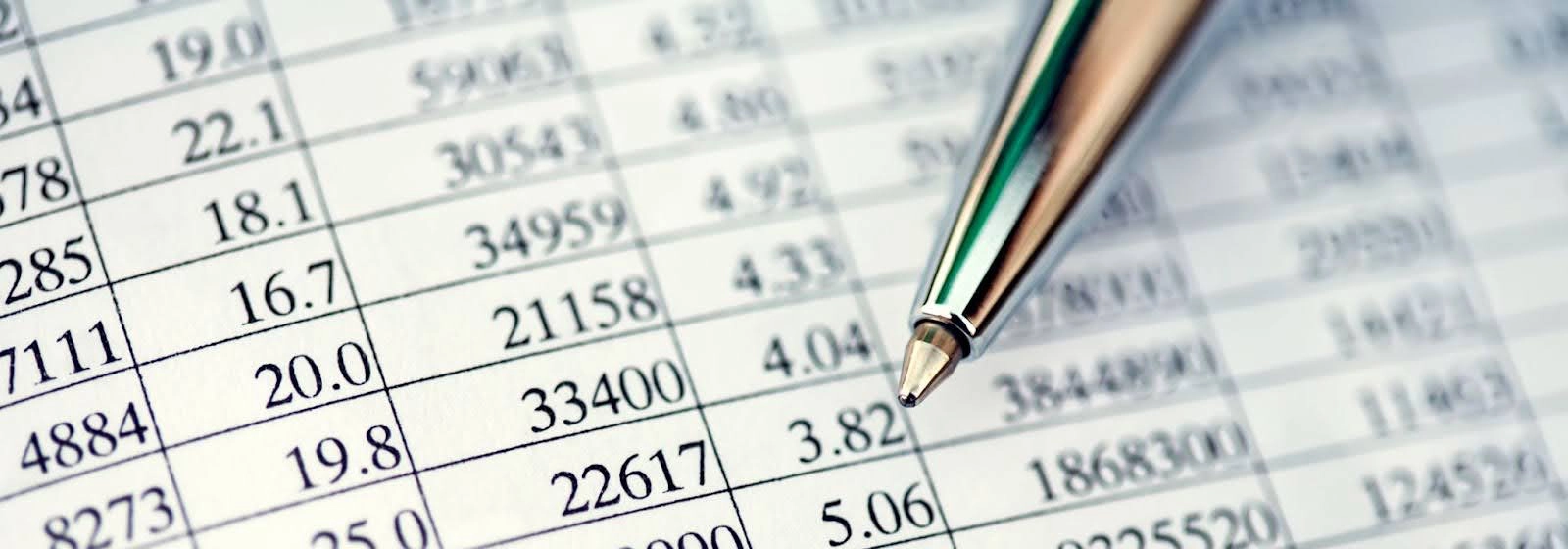Decimals play a crucial role in various aspects of our lives, from handling money to making scientific calculations. Understanding decimal places is essential for high school students, as it forms the foundation for more advanced mathematical concepts. In this blog post, we will explore the ins and outs of calculating decimal places, practical applications, common mistakes to avoid, and exercises to reinforce your understanding.
Introduction
Decimal places represent the digits after the decimal point in a number. They allow us to express values more precisely and navigate the world of numbers with accuracy. Whether you’re dealing with money, measurements, or scientific data, mastering decimal calculations is crucial.
Understanding Decimal Places
Decimal places are the key to understanding the precision of a number. Every digit following the decimal point signifies a distinct value. For example, in the number 3.14159, the digit 1 represents the tenths place, 4 represents the hundredths place, and so on.
Calculating Decimal Places
To perform calculations involving decimals, it’s important to understand the rules for addition, subtraction, multiplication, division, and rounding.
- Addition and Subtraction of Decimals
When adding or subtracting decimals, it’s crucial to align the decimal points before performing the operation. This ensures accuracy in the result. - Multiplication and Division of Decimals
Multiplying and dividing decimals involve counting the total number of decimal places in the numbers being multiplied or divided. The result should be rounded to the appropriate decimal place, depending on the level of precision required. - Rounding Decimals
Rounding decimals involves determining the desired decimal place and rounding the number accordingly. Common rounding methods include rounding up, rounding down, or rounding to the nearest decimal place.
Practical Applications of Decimal Calculations
Decimal calculations find practical applications in various fields, including finance, measurements, and data analysis.
- Money and Financial Calculations
From calculating sales tax to budgeting expenses, decimals are essential in managing money. Understanding decimal places allows you to handle financial transactions with accuracy and confidence. - Measurement and Conversions
In everyday life, we often encounter measurements involving decimal values. Whether it’s converting units, calculating distances, or estimating quantities, decimal calculations help us make precise measurements. - Science and Data Analysis
Scientists rely on decimal calculations to analyze experimental data, make accurate predictions, and draw meaningful conclusions. Understanding decimal places is fundamental to interpreting scientific findings.
Common Mistakes and How to Avoid Them
While working with decimals, it’s common to make certain mistakes. Enlisting the support of math tutors can help students avoid these mistakes that are easy to make. Here are some common pitfalls along with tips to avoid them:
- Misplacing Decimal Points: Pay close attention to the placement of decimal points when performing calculations. A misplaced decimal point can drastically alter the result.
- Forgetting to Carry Decimal Places: When multiplying or dividing decimals, remember to carry the decimal places in the final result.
- Not Rounding Decimals Correctly: Ensure you understand the rounding rules and apply them correctly when rounding decimals to a specific decimal place.
Exercises
Exercise 1: Addition and Subtraction of Decimals
Perform the following calculations:
- 5.32 + 2.17 = ?
- 8.91 – 3.45 = ?
Exercise 2: Multiplication and Division of Decimals
Solve the following problems:
- 2.5 * 0.6 = ?
- 9.6 ÷ 2.4 = ?
Exercise 3: Rounding Decimals
Round these decimals to the nearest hundredth:
- 3.567 = ?
- 8.921 = ?
Answers to Exercises
Exercise 1: Addition and Subtraction of Decimals
- 5.32 + 2.17 = 7.49
- 8.91 – 3.45 = 5.46
Exercise 2: Multiplication and Division of Decimals
- 2.5 * 0.6 = 1.50
- 9.6 ÷ 2.4 = 4.00
Exercise 3: Rounding Decimals
- 3.579 rounded to the nearest hundredth = 3.58
- 8.931 rounded to the nearest hundredth = 8.93
Conclusion
Mastering decimal calculations is an essential skill for high school students. Understanding decimal places and performing accurate calculations lays the groundwork for success in mathematics and various real-world applications. Whether you are purchasing goods and calculating the total cost of your items, calculating weighted averages of grades of GPA, or solving math problems including fractions or percentages, understanding decimals will help you in all areas of life.
By grasping the concepts covered in this blog post, you’ll build a strong foundation for further mathematical exploration. Remember to practice regularly, reinforce your understanding with exercises, and enjoy the journey of learning and mastering decimal calculations.






